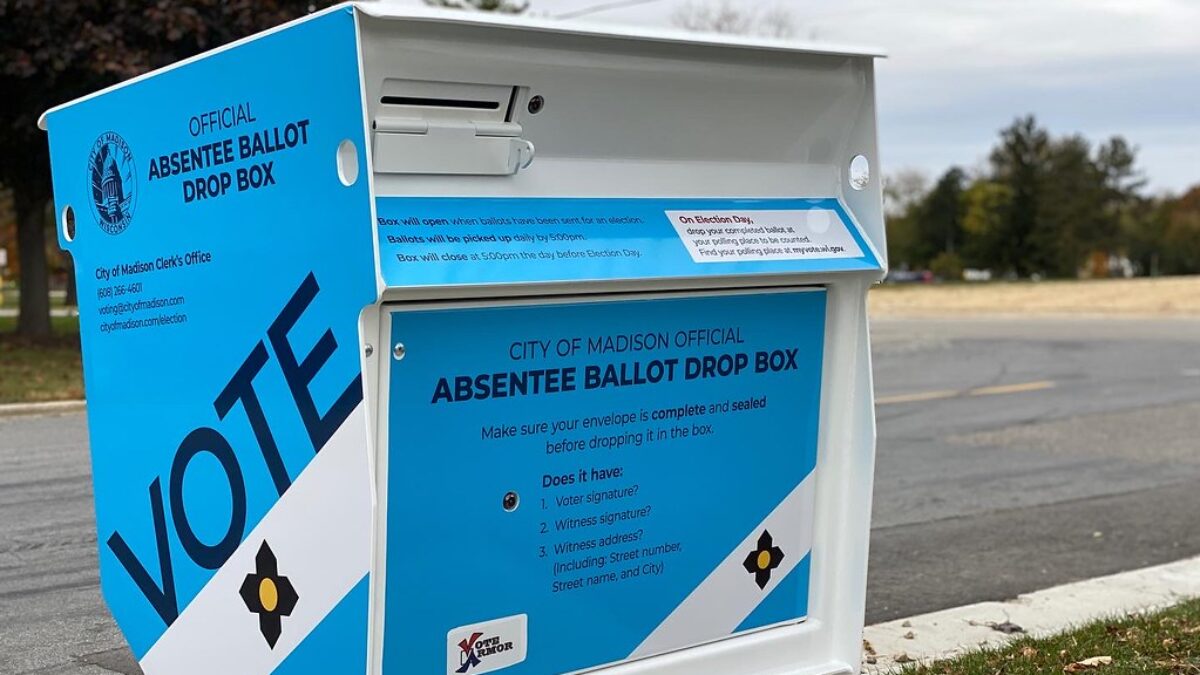The Iowa Democrat caucus results continue to drip out after technical errors caused delays in the caucus process. Ninety-five percent of the precincts are reporting two clear winners: Pete Buttigieg and Vermont Sen. Bernie Sanders.
According to the latest data, Buttigieg won the caucus and Sanders won the popular vote. Sanders won the first popular vote, the second popular vote, and is tied for delegates at 11. Only by the fourth metric of something called SDE is he currently losing.
SDE stands for State Delegate Equivalent and is based on turnout. When a district has a high turnout, they have a higher SDE. Sanders is behind Buttigieg on the SDE metric by only one county. If Sanders hit 2 percent turnout in the second district of Iowa when the complete caucus results are complete, he will overtake Buttigieg. While there are technically no rounding errors, the way the Democrats set up their rounding system did tip the hat in Buttigieg’s favor.
So I think Sanders needs turnout in IA-2 to hit that 2% level — then it would be worth 11.2 SDE. If he then performed there as he has in IA-4 and IA-3, he'd overtake Buttigieg in the statewide tally.
— Steve Kornacki (@SteveKornacki) February 6, 2020
SMART Elections, an election watchdog company, claims it found rounding errors in 30 percent of the precinct math worksheets from the Iowa caucus. This report is false.
After a tedious process, the conspiratorial question still looms as to whether the Democratic National Committee intervened in the Iowa caucuses to steal the election from Sanders. SMART Elections suggests this theory is correct, but it’s not.
“We found Rounding Errors in 30% of the precinct math worksheets that we examined from the Iowa Caucus,” tweeted Lulu Friesdat, co-Founder of SMART Elections. “Each ’rounding error’ gave one extra delegate to a candidate, over 50% of the time the extra delegate went to Pete Buttigieg.”
https://twitter.com/LuluFriesdat/status/1225256764649680898
According to SMART Elections, Caucus Guide instructed caucus managers how to properly round numbers and distribute delegates.
“The worksheets say to look in the Caucus Guide for instructions on what to do if the delegates that are earned do not match the delegate total. We tried to locate a Caucus Guide, but have been unable to get one,” the SMART Elections website reads.
The Federalist obtained a copy of the Caucus Guide missing from the SMART Elections analysis.
“If the total number of delegates awarded is less than the number to be elected, additional delegates must be awarded to one or more groups according to the following rule: an additional delegate will be awarded to the group with the highest decimal below 0.5,” the Caucus Guide reads.

“The underlying issue is that in many places, more than a viable group’s worth of people left without realigning. This was much more common this year than in the past,” said John Deeth, who works with the Johnson County Democrats. “Before this year, in order to have any vote at all even for a second choice, you had to stay. This year, because people’s first round choice is recorded and reported, many people simply checked ‘I choose not to realign’ and left. That ‘breaks’ the math in ways that look counter-intuitive.”
Well we're going to evaluate, but it sure seems to me that– despite being set up to accept it and model them separately–that the needle does not have the satellite caucuses pic.twitter.com/2r05X1qVal
— Nate Cohn (@Nate_Cohn) February 6, 2020









